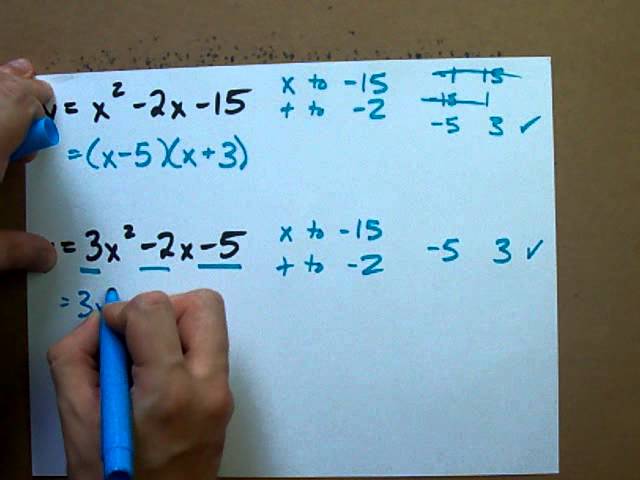Effective Ways to Write Dates for Various Modern Formats in 2025
Understanding the Importance of Date Formats
Writing dates correctly is essential for clear communication, especially in today's globalized world. Different cultures and regions utilize varying styles of writing dates, which can lead to confusion if not understood properly. As we approach 2025, the significance of mastering these formats is more critical than ever, especially for professionals working in international business, academics, and technology. This guide will help you navigate through the complexities of how to write date while discussing the different date writing conventions from various cultures.
Whether you are drafting emails, reports, or invitations, having a firm grasp on date formats will enhance clarity and prevent misunderstandings. Additionally, this article will provide you with real-life examples and common mistakes to avoid, ensuring your dates are formatted correctly across various contexts.

We will explore the American date style, British date style, and the international date format, among others. By the end of this article, you will be equipped with the knowledge to write dates in a variety of formats and understand cultural nuances related to writing dates in English.
Key Date Writing Guidelines
To write dates effectively, it is important to be aware of some date writing guidelines that help maintain clarity and consistency. The most common formats include the full date, short date, and numeric date representation. Writing full dates typically involves including the day, month, and year, e.g., "March 14, 2025." On the other hand, a short date format might simply be "3/14/25."
Common mistakes often occur when using ordinal numbers; for example, “March 14th” versus “March 14.” In American English dates, the month precedes the day (e.g., "02/05/2025" for February 5, 2025), while in British English dates, the day appears first (e.g., "05/02/2025"). These differences highlight the necessity for consistency and understanding of cultural differences in dates.
When using dates in business or legal documents, clarity is paramount to avoid confusion. It is advisable to always spell out the month in formal writing. For example, use "February 5, 2025," rather than "2/5/25," especially in contracts where misinterpretation can lead to serious issues.
Examples of Date Formats
Writing dates correctly means adhering to various date notation rules. The following are some widely accepted examples of date formats:
- American Format: Month/Day/Year (e.g., 01/25/2025)
- British Format: Day/Month/Year (e.g., 25/01/2025)
- International Standard: Year-Month-Day (e.g., 2025-01-25)
These examples show how the same date can be expressed differently across various formats. Understanding these distinctions is especially vital when dealing with international partners or audiences, ensuring everyone is on the same page.
Using Ordinal and Cardinal Numbers in Dates
In date writing, ordinal numbers are often used to denote the position of a day within a month (e.g., "1st," "2nd," "3rd"). However, in formal and most business documents, it is recommended to use cardinal numbers instead (e.g., "March 1," not "March 1st").
This approach enhances clarity, particularly in written communications that aim for professionalism. It is advisable to keep your audience in mind when deciding which format to utilize; adopting a standard, like the international date format, is often a safe bet in multicultural settings.
The Role of Punctuation in Writing Dates
Punctuation plays an essential role in date clarity. Different regions have different preferences regarding the inclusion of commas and slashes. For instance, in the American date style, a comma is typically used before the year when writing out the full date (e.g., "March 14, 2025"). On the other hand, the British style generally does not use a comma in a similar structure.
When using slashes, such as in numeric dates, it is crucial to maintain a consistent style throughout the document. Consider avoiding slashes in more formal writing where clarity is vital, such as legal contracts and academic papers.

In documents like invitations or casual correspondence, however, slashes might be more acceptable. Understanding these nuances will help you choose the most effective style suitable for your context.
Writing Dates in Academic and Legal Contexts
In academia, a detailed understanding of writing dates correctly is paramount. Scholars often face the requirement of explaining their methodologies, including precise timeframes. Consequently, accurate date writing for academic papers should adopt the format used consistently across the field of study.
Legal documents also mandate rigorous standards in date writing. In these situations, using a clear, unambiguous format is critical. Employing full phraseologies, such as “the fifth day of March in the year two thousand twenty-five,” can help in mitigating any possible misinterpretations.
Common Mistakes in Date Writing
As professionals, it's vital to be aware of common pitfalls associated with writing dates. One common mistake is the misuse of slashes and hyphens. For example, misreading "03/04/2025" could lead to significant discrepancies, as it might be interpreted as April 3 in the U.S. while being understood as March 4 in many other countries.
Another frequent error is the inconsistent use of date formats within the same document. This inconsistency can confuse readers, suggesting a lack of attention to detail. For clarity and professionalism, it is essential to maintain a single format throughout all documentation.
Using Dates in Digital Contexts
In our increasingly digital age, understanding how to represent dates accurately in technology is significant. Digital content often utilizes ISO date formats (YYYY-MM-DD) for unambiguous date writing, which is particularly crucial for programming and database management.
Additionally, when using software that interacts with dates, understanding how dates are validated and parsed can affect the overall clarity of information being presented. Employing effective date normalization techniques in technology can facilitate better outcomes and minimize potential issues associated with format discrepancies.
Conclusion: Mastering Date Writing for Clarity
In conclusion, mastering writing dates in various modern formats is essential for effective communication in the year 2025. From understanding the distinctions between American and British date styles to utilizing the international date format, clarity in date writing fosters better interactions in both personal and professional contexts. Armed with these guidelines, you will be able to make informed decisions about the most suitable date formats, ensuring all communications are understandable and precise.
Emphasizing the importance of context, clarity, and consistency in date formats will not only enhance your writing but also bridge gaps between diverse cultures and prevent confusion. Effective date writing is a skill worth cultivating, bringing you closer to successful interactions in any circumstance.
